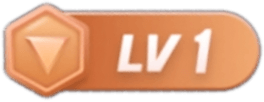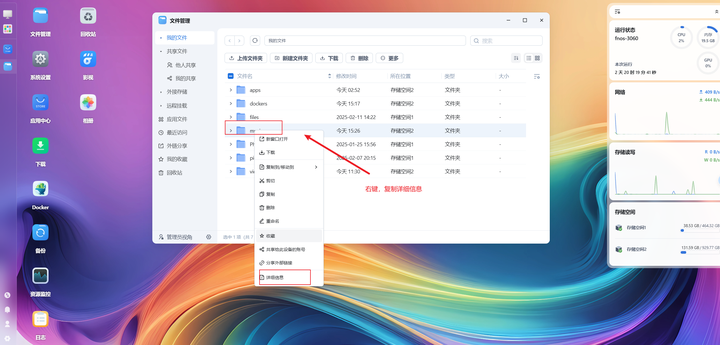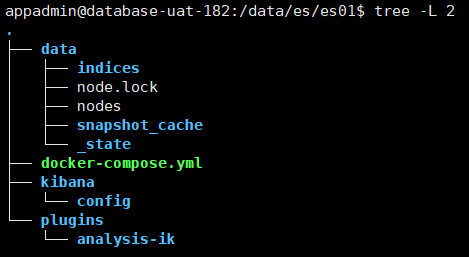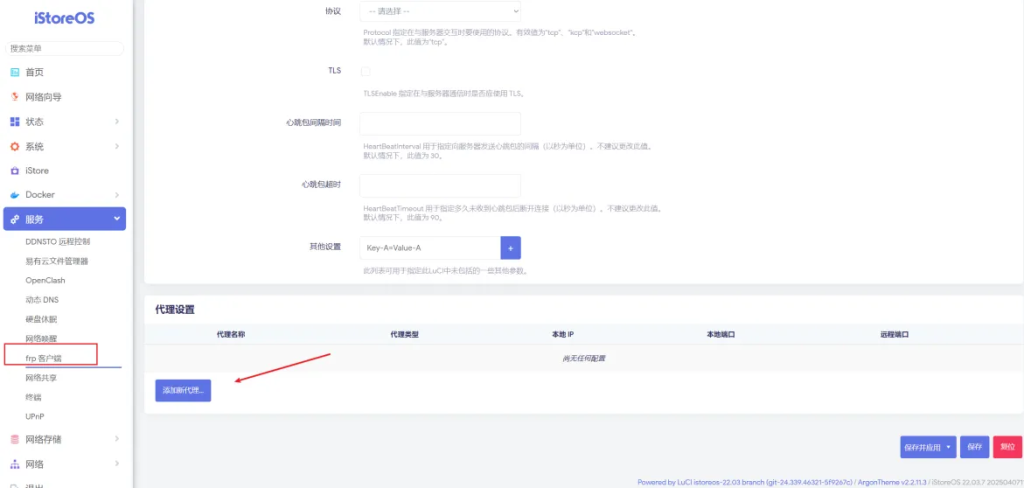题目链接
基础概念
享元模式是一种结构型设计模式,在享元模式中,对象被设计为可共享的,可以被多个上下文使用,而不必在每个上下文中都创建新的对象。
想要了解享元模式,就必须要区分什么是内部状态,什么是外部状态。
- 内部状态是指那些可以被多个对象共享的状态,它存储在享元对象内部,并且对于所有享元对象都是相同的,这部分状态通常是不变的。
- 而外部状态是享元对象依赖的、可能变化的部分。这部分状态不存储在享元对象内部,而是在使用享元对象时通过参数传递给对象。
举个例子,图书馆中有很多相同的书籍,但每本书都可以被多个人借阅,图书馆里的书就是内部状态,人就是外部状态。
再举个开发中的例子,假设我们在构建一个简单的图形编辑器,用户可以在画布上绘制不同类型的图形,而图形就是所有图形对象的内部状态(不变的),而图形的坐标位置就是图形对象的外部状态(变化的)。
如果图形编辑器中有成千上万的图形对象,每个图形对象都独立创建并存储其内部状态,那么系统的内存占用可能会很大,在这种情况下,享元模式共享相同类型的图形对象,每种类型的图形对象只需创建一个共享实例,然后通过设置不同的坐标位置个性化每个对象,通过共享相同的内部状态,降低了对象的创建和内存占用成本。
基本结构
享元模式包括以下几个重要角色:
- 享元接口
Flyweight: 所有具体享元类的共享接口,通常包含对外部状态的操作。 - 具体享元类
ConcreteFlyweight: 继承Flyweight类或实现享元接口,包含内部状态。 - 享元工厂类
FlyweightFactory: 创建并管理享元对象,当用户请求时,提供已创建的实例或者创建一个。 - 客户端
Client: 维护外部状态,在使用享元对象时,将外部状态传递给享元对象。
简易实现
享元模式的实现通常涉及以下步骤:
- 定义享元接口,接受外部状态作为参数并进行处理。
// 步骤 1: 定义享元接口
interface Flyweight {
// 操作外部状态
void operation(String externalState);
}- 实现具体享元类, 存储内部状态。
// 步骤 2: 实现具体享元类
class ConcreteFlyweight implements Flyweight {
private String intrinsicState; // 内部状态
public ConcreteFlyweight(String intrinsicState) {
this.intrinsicState = intrinsicState;
}
@Override
public void operation(String externalState) {
System.out.println("Intrinsic State: " + intrinsicState + ", External State: " + externalState);
}
}- 创建享元工厂类,创建并管理
Flyweight对象,当用户请求一个Flyweight时,享元工厂会提供一个已经创建的实例或者创建一个。
class FlyweightFactory {
private Map<String, Flyweight> flyweights = new HashMap<>();
public Flyweight getFlyweight(String key) {
if (!flyweights.containsKey(key)) {
flyweights.put(key, new ConcreteFlyweight(key));
}
return flyweights.get(key);
}
}- 客户端使用享元模式
public class Main {
public static void main(String[] args) {
FlyweightFactory factory = new FlyweightFactory();
// 获取或创建享元对象,并传递外部状态
Flyweight flyweight1 = factory.getFlyweight("A");
flyweight1.operation("External State 1");
Flyweight flyweight2 = factory.getFlyweight("B");
flyweight2.operation("External State 2");
Flyweight flyweight3 = factory.getFlyweight("A"); // 重复使用已存在的享元对象
flyweight3.operation("External State 3");
}
}使用场景
使用享元模式的关键在于包含大量相似对象,并且这些对象的内部状态可以共享。具体的应用场景包括文本编辑器,图形编辑器,游戏中的角色创建,这些对象的内部状态比较固定(外观,技能,形状),但是外部状态变化比较大时,可以使用。
本题代码
import java.util.HashMap;
import java.util.Map;
import java.util.Scanner;
enum ShapeType {
CIRCLE, RECTANGLE, TRIANGLE
}
class Position {
private int x;
private int y;
public Position(int x, int y) {
this.x = x;
this.y = y;
}
public int getX() {
return x;
}
public int getY() {
return y;
}
}
interface Shape {
void draw(Position position);
}
class ConcreteShape implements Shape {
private ShapeType shapeType;
public ConcreteShape(ShapeType shapeType) {
this.shapeType = shapeType;
}
@Override
public void draw(Position position) {
System.out.println(shapeType + (isFirstTime ? " drawn" : " shared") + " at (" + position.getX() + ", " + position.getY() + ")");
}
private boolean isFirstTime = true;
public void setFirstTime(boolean firstTime) {
isFirstTime = firstTime;
}
}
class ShapeFactory {
private Map<ShapeType, Shape> shapes = new HashMap<>();
public Shape getShape(ShapeType type) {
if (!shapes.containsKey(type)) {
shapes.put(type, new ConcreteShape(type));
}
return shapes.get(type);
}
}
public class Main {
public static void main(String[] args) {
Scanner scanner = new Scanner(System.in);
ShapeFactory factory = new ShapeFactory();
while (scanner.hasNext()) {
String command = scanner.nextLine();
processCommand(factory, command);
}
}
private static void processCommand(ShapeFactory factory, String command) {
String[] parts = command.split(" ");
ShapeType type = ShapeType.valueOf(parts[0]);
int x = Integer.parseInt(parts[1]);
int y = Integer.parseInt(parts[2]);
Shape shape = factory.getShape(type);
shape.draw(new Position(x, y));
((ConcreteShape) shape).setFirstTime(false);
}
}其他语言版本
C++
#include <iostream>
#include <unordered_map>
#include <sstream>
#include <string>
enum ShapeType {
CIRCLE, RECTANGLE, TRIANGLE
};
std::string shapeTypeToString(ShapeType type) {
switch (type) {
case CIRCLE:
return "CIRCLE";
case RECTANGLE:
return "RECTANGLE";
case TRIANGLE:
return "TRIANGLE";
default:
return "UNKNOWN";
}
}
class Position {
private:
int x;
int y;
public:
Position(int x, int y) : x(x), y(y) {}
int getX() const {
return x;
}
int getY() const {
return y;
}
};
class Shape {
public:
virtual void draw(const Position &position) = 0;
virtual ~Shape() {}
};
class ConcreteShape : public Shape {
private:
ShapeType shapeType;
bool isFirstTime;
public:
ConcreteShape(ShapeType shapeType) : shapeType(shapeType), isFirstTime(true) {}
void draw(const Position &position) override {
std::cout << shapeTypeToString(shapeType) << (isFirstTime ? " drawn" : " shared") << " at (" << position.getX() << ", " << position.getY() << ")\n";
}
void setFirstTime(bool firstTime) {
isFirstTime = firstTime;
}
};
class ShapeFactory {
private:
std::unordered_map<ShapeType, Shape *> shapes;
public:
Shape *getShape(ShapeType type) {
if (shapes.find(type) == shapes.end()) {
shapes[type] = new ConcreteShape(type);
}
return shapes[type];
}
~ShapeFactory() {
for (const auto &entry : shapes) {
delete entry.second;
}
}
};
void processCommand(ShapeFactory &factory, const std::string &command);
int main() {
ShapeFactory factory;
std::string command;
while (std::getline(std::cin, command)) {
processCommand(factory, command);
}
return 0;
}
void processCommand(ShapeFactory &factory, const std::string &command) {
std::istringstream iss(command);
std::string shapeTypeStr;
int x, y;
iss >> shapeTypeStr >> x >> y;
ShapeType type;
if (shapeTypeStr == "CIRCLE") {
type = CIRCLE;
} else if (shapeTypeStr == "RECTANGLE") {
type = RECTANGLE;
} else if (shapeTypeStr == "TRIANGLE") {
type = TRIANGLE;
} else {
std::cerr << "Invalid shape type: " << shapeTypeStr << std::endl;
return;
}
Shape *shape = factory.getShape(type);
shape->draw(Position(x, y));
dynamic_cast<ConcreteShape *>(shape)->setFirstTime(false);
}Python
from enum import Enum
from typing import Dict
class ShapeType(Enum):
CIRCLE = "CIRCLE"
RECTANGLE = "RECTANGLE"
TRIANGLE = "TRIANGLE"
class Position:
def __init__(self, x, y):
self.x = x
self.y = y
class Shape:
def draw(self, position: Position):
pass
class ConcreteShape(Shape):
def __init__(self, shape_type: ShapeType):
self.shape_type = shape_type
self.is_first_time = True
def draw(self, position: Position):
print(f"{self.shape_type.value}{' drawn' if self.is_first_time else ' shared'} at ({position.x}, {position.y})")
def set_first_time(self, first_time: bool):
self.is_first_time = first_time
class ShapeFactory:
def __init__(self):
self.shapes: Dict[ShapeType, Shape] = {}
def get_shape(self, shape_type: ShapeType) -> Shape:
if shape_type not in self.shapes:
self.shapes[shape_type] = ConcreteShape(shape_type)
return self.shapes[shape_type]
def process_command(factory: ShapeFactory, command: str):
parts = command.split(" ")
shape_type = ShapeType(parts[0])
x = int(parts[1])
y = int(parts[2])
shape = factory.get_shape(shape_type)
shape.draw(Position(x, y))
shape.set_first_time(False)
if __name__ == "__main__":
factory = ShapeFactory()
while True:
try:
command = input()
process_command(factory, command)
except EOFError:
breakGo
package main
import (
"bufio"
"fmt"
"os"
"strconv"
"strings"
)
type ShapeType int
const (
CIRCLE ShapeType = iota
RECTANGLE
TRIANGLE
)
var shapeTypeStrings = [...]string{
"CIRCLE",
"RECTANGLE",
"TRIANGLE",
}
type Position struct {
X, Y int
}
type Shape interface {
Draw(Position)
}
type ConcreteShape struct {
ShapeType ShapeType
IsFirstTime bool
}
func NewConcreteShape(shapeType ShapeType) *ConcreteShape {
return &ConcreteShape{
ShapeType: shapeType,
IsFirstTime: true,
}
}
func (s *ConcreteShape) Draw(position Position) {
fmt.Printf("%s %s at (%d, %d)\n", s.ShapeType.String(), s.getTimeDescription(), position.X, position.Y)
}
func (s *ConcreteShape) setFirstTime(firstTime bool) {
s.IsFirstTime = firstTime
}
func (s *ConcreteShape) getTimeDescription() string {
if s.IsFirstTime {
return "drawn"
}
return "shared"
}
func (st ShapeType) String() string {
if st >= 0 && int(st) < len(shapeTypeStrings) {
return shapeTypeStrings[st]
}
return "UNKNOWN"
}
type ShapeFactory struct {
shapes map[ShapeType]Shape
}
func NewShapeFactory() *ShapeFactory {
return &ShapeFactory{
shapes: make(map[ShapeType]Shape),
}
}
func (f *ShapeFactory) getShape(shapeType ShapeType) Shape {
if _, exists := f.shapes[shapeType]; !exists {
f.shapes[shapeType] = NewConcreteShape(shapeType)
}
return f.shapes[shapeType]
}
func main() {
var factory = NewShapeFactory()
scanner := bufio.NewScanner(os.Stdin)
for scanner.Scan() {
command := scanner.Text()
processCommand(factory, command)
}
if err := scanner.Err(); err != nil {
fmt.Println("Error reading standard input:", err)
}
}
func processCommand(factory *ShapeFactory, command string) {
parts := splitCommand(command)
shapeType := ShapeTypeFromString(parts[0])
x, _ := strconv.Atoi(parts[1])
y, _ := strconv.Atoi(parts[2])
shape := factory.getShape(shapeType)
shape.Draw(Position{X: x, Y: y})
concreteShape, ok := shape.(*ConcreteShape)
if ok {
concreteShape.setFirstTime(false)
}
}
func splitCommand(command string) []string {
return splitWithoutEmpty(command, ' ')
}
func splitWithoutEmpty(s string, sep byte) []string {
parts := strings.FieldsFunc(s, func(r rune) bool {
return r == rune(sep)
})
return parts
}
func ShapeTypeFromString(s string) ShapeType {
for i, str := range shapeTypeStrings {
if str == s {
return ShapeType(i)
}
}
return CIRCLE
}AcJava,让技术学习更简单!
我是铭轩,微信:ac_java,欢迎与我随时交流!
© 版权声明
文章版权归作者所有,未经允许请勿转载。
THE END












暂无评论内容